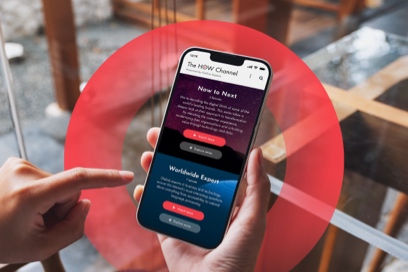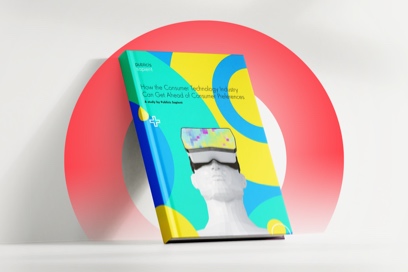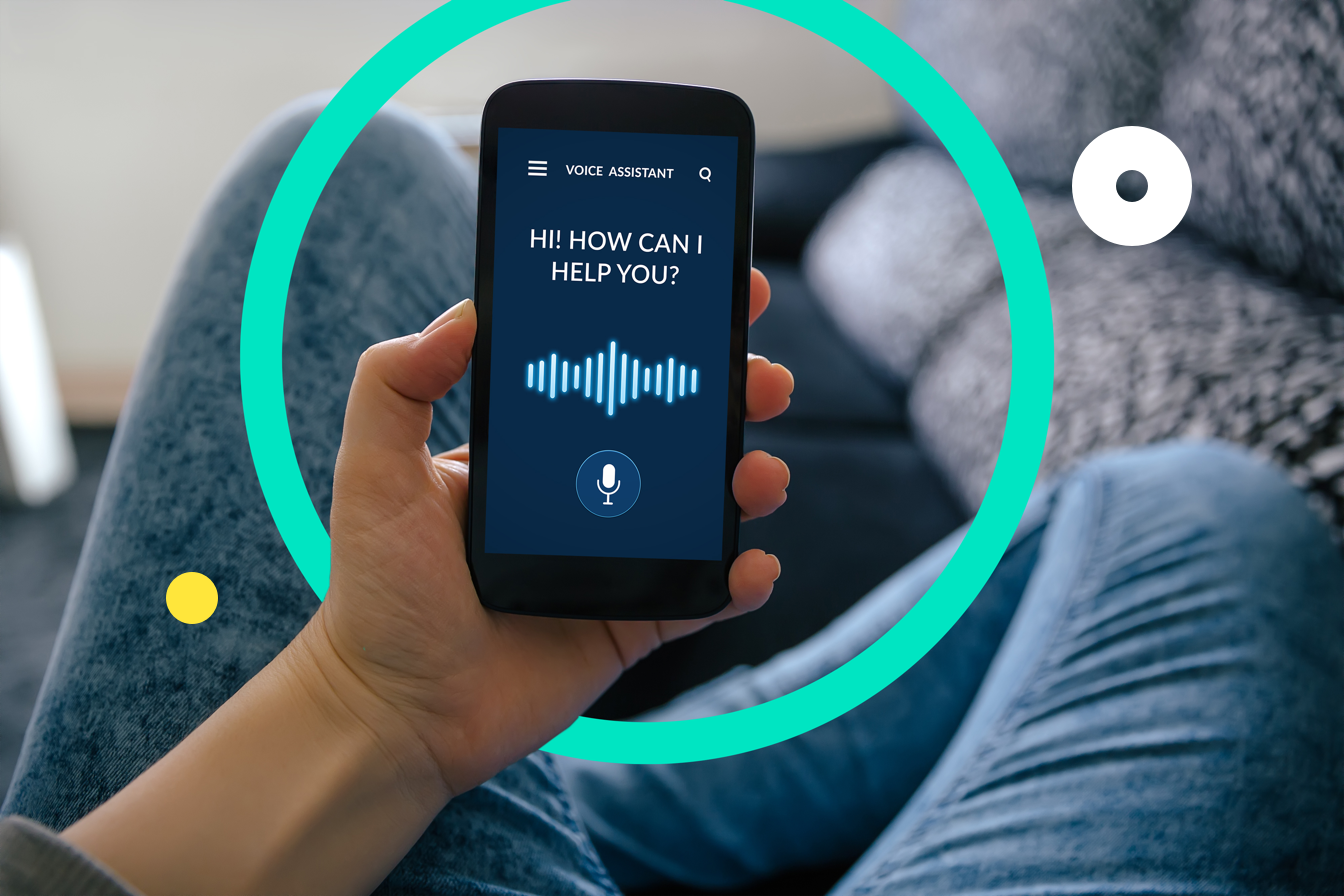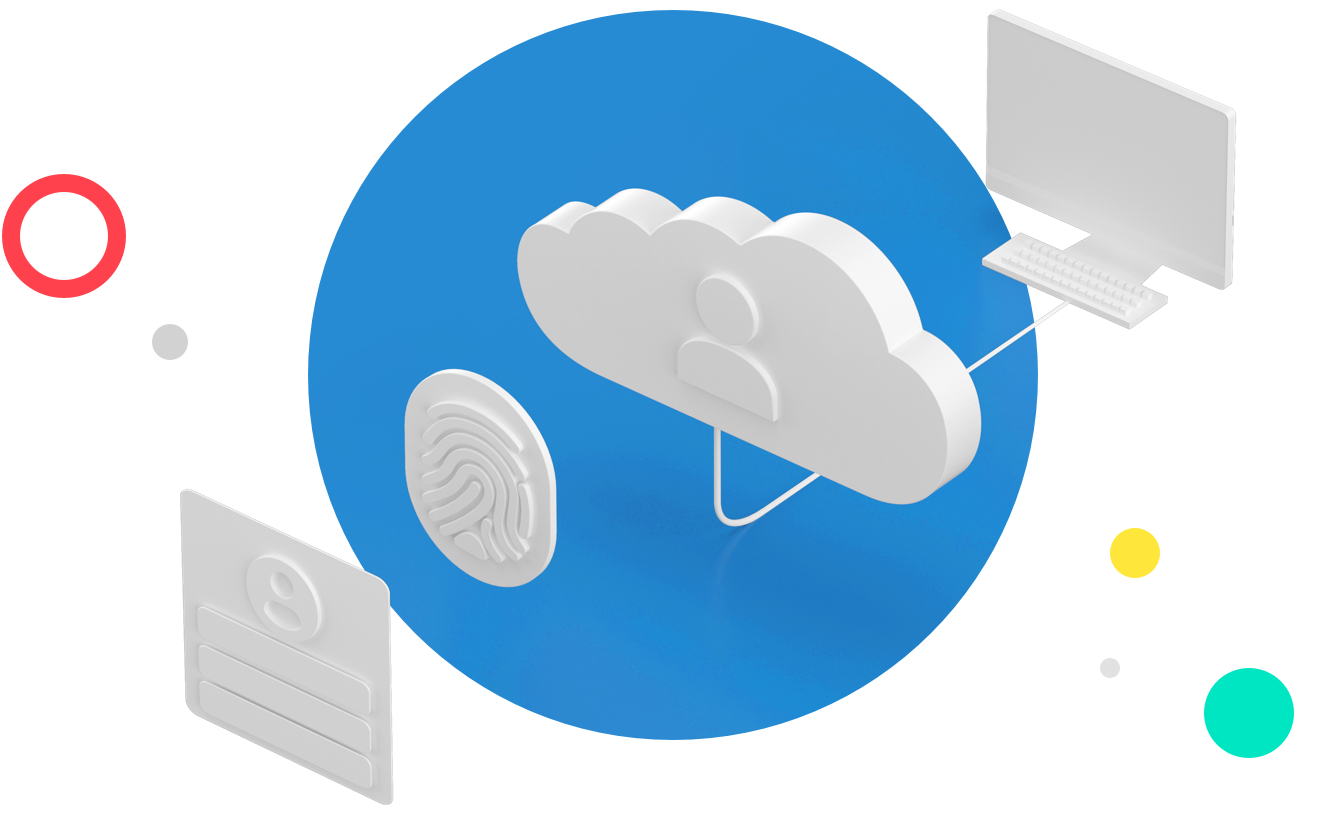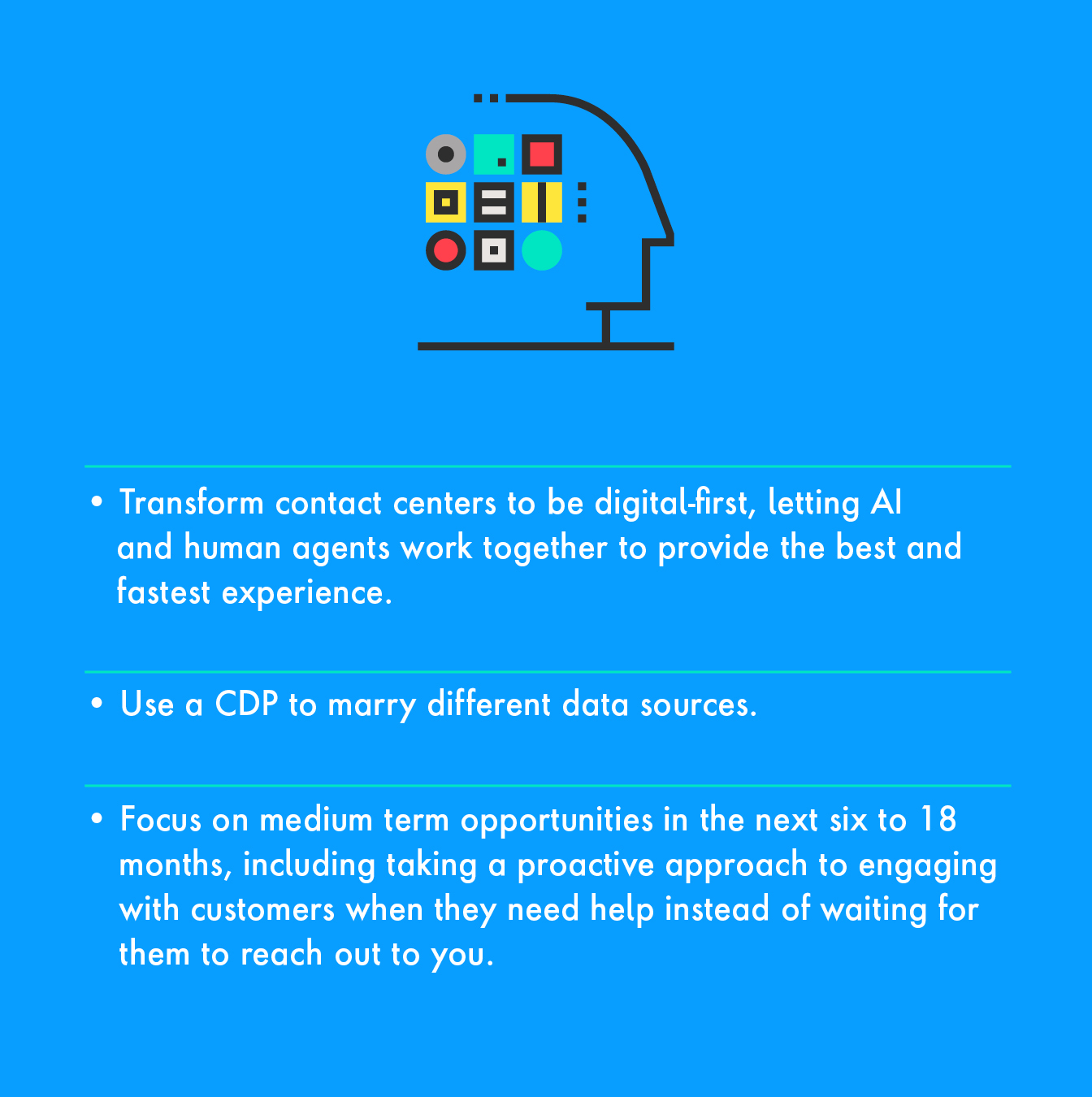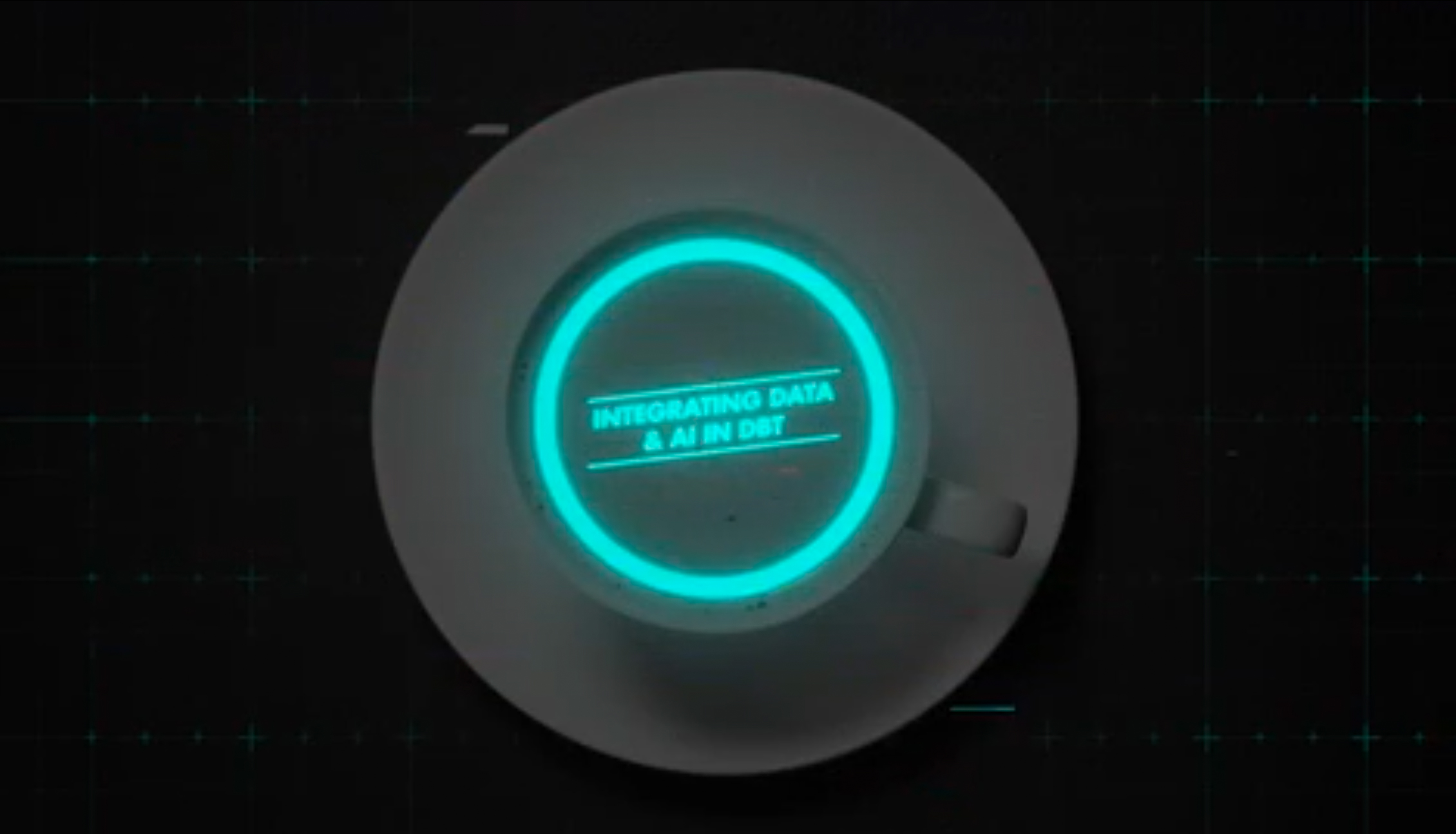Contact centers have been the anchor of the customer service experience for decades. But many brands now encourage customers to use digital channels like messaging apps versus calls to get help, as brands use more AI to offer smarter and faster solutions.
In many situations, the customer still has to reach out to the contact center via phone or digital channels if they need help. And with COVID-19, rather than the contact center complementing the in-person experience, in some cases it’s replacing it.
But, what if the contact center anticipated a customer’s needs before they dialed any numbers or opened any channels to get help?
What if within the next two years the customer becomes the contact center, where a virtual assistant on their mobile device is always available and able to proactively help with problems?






